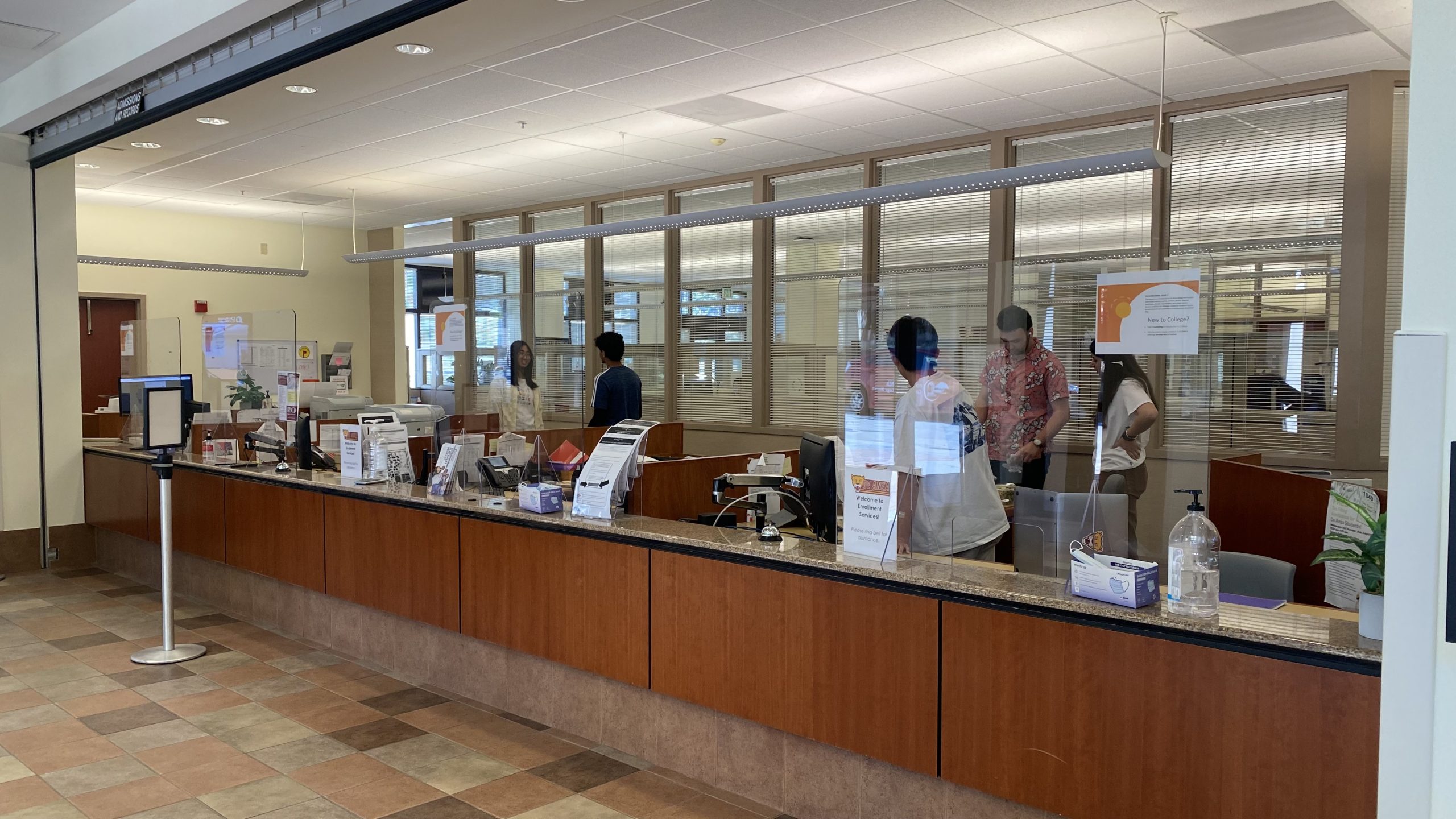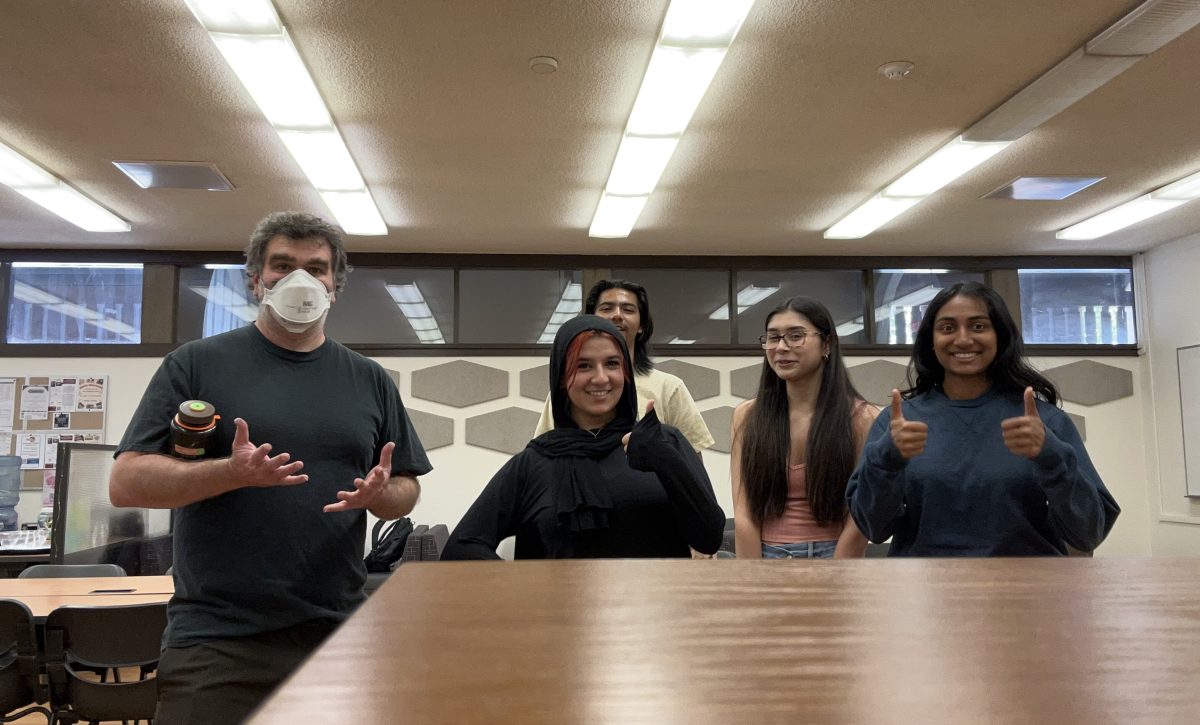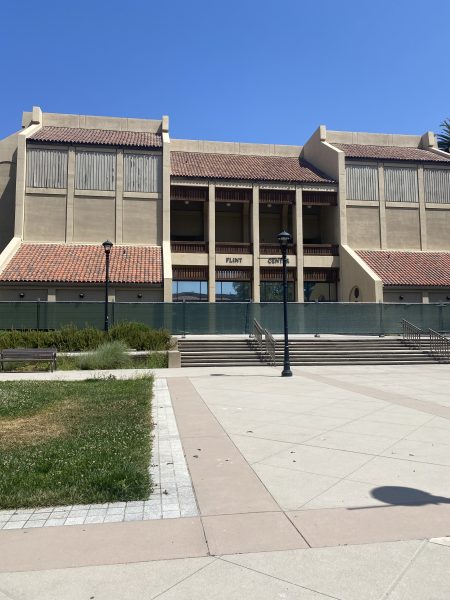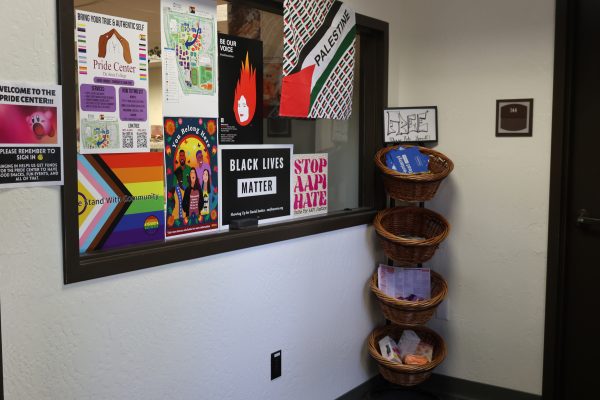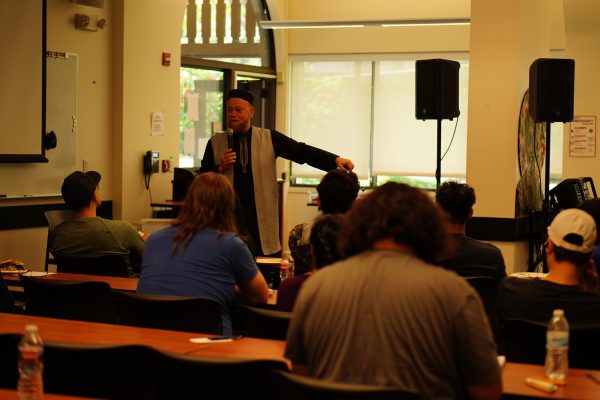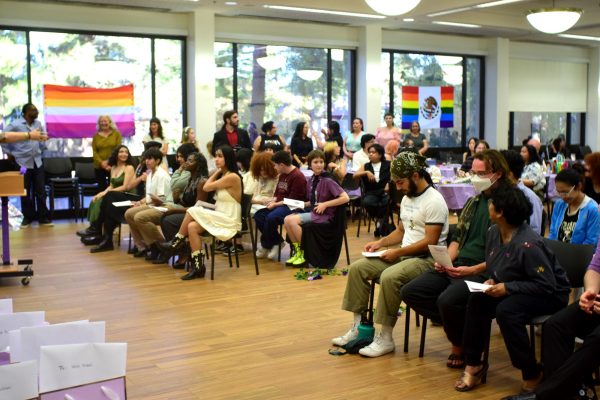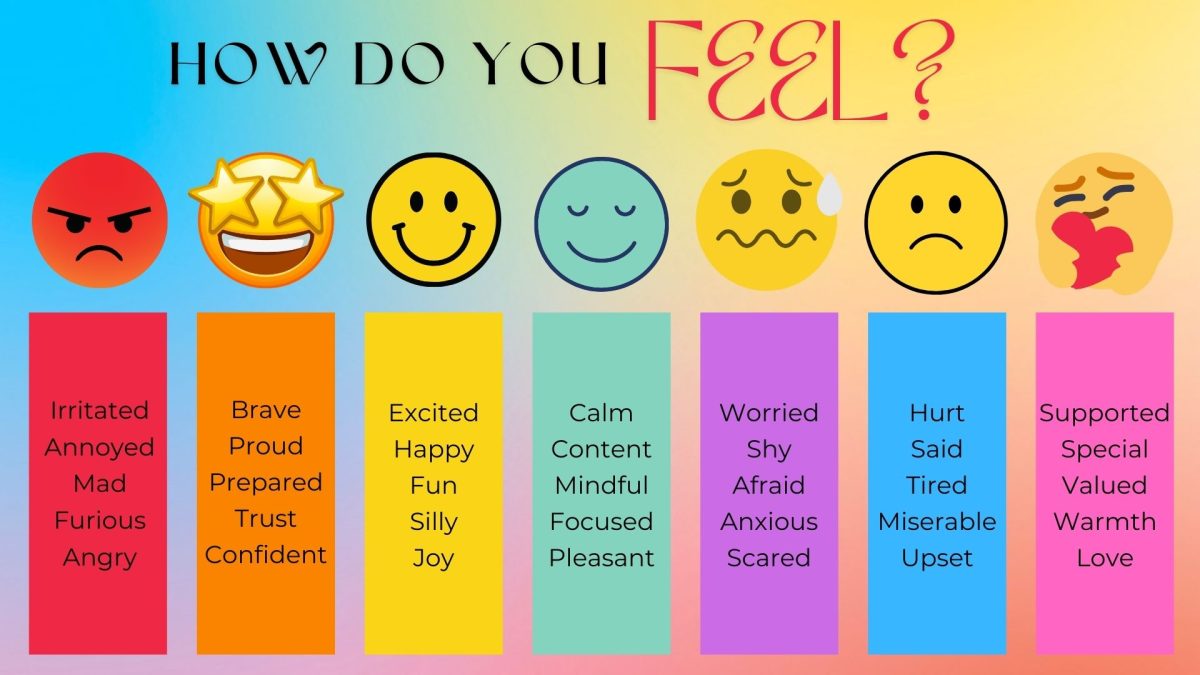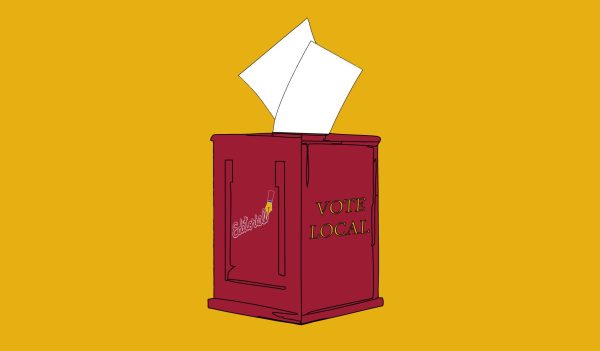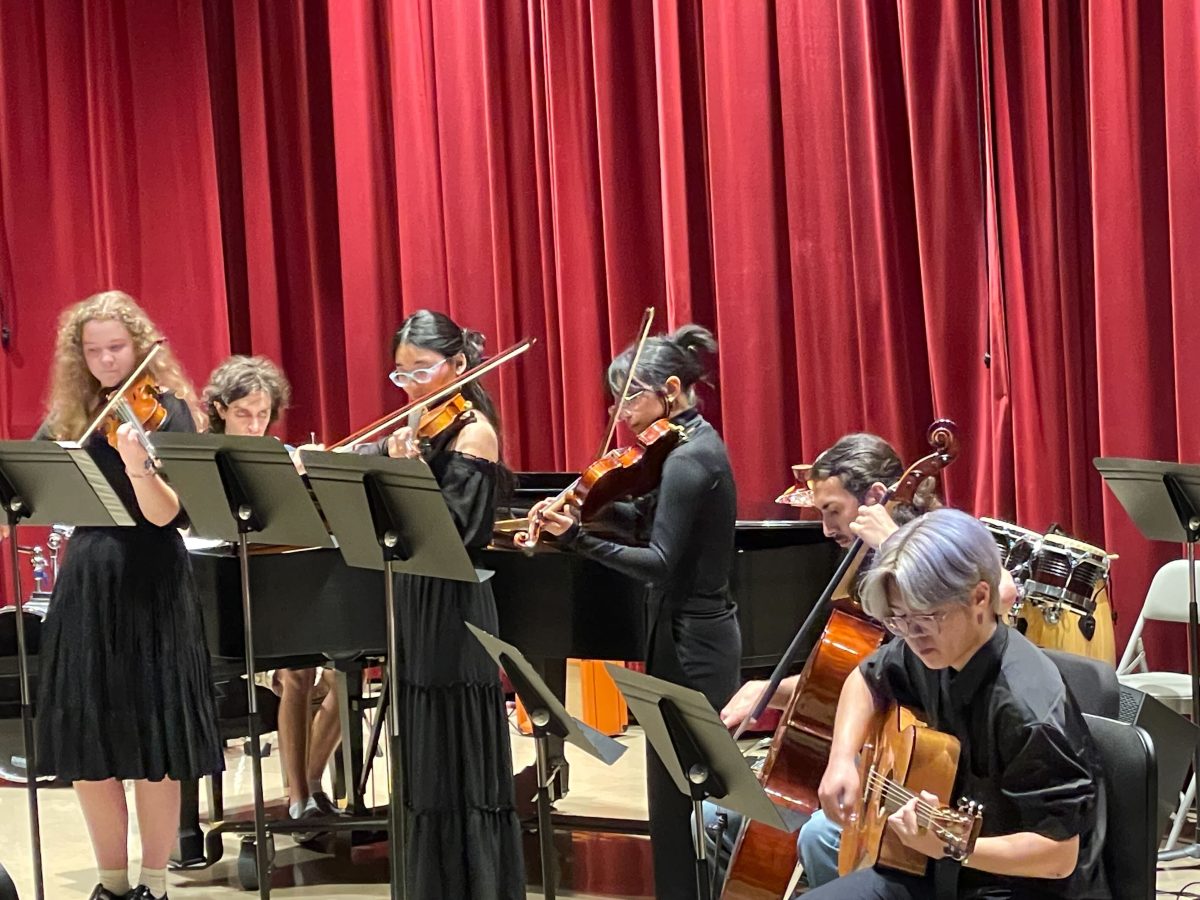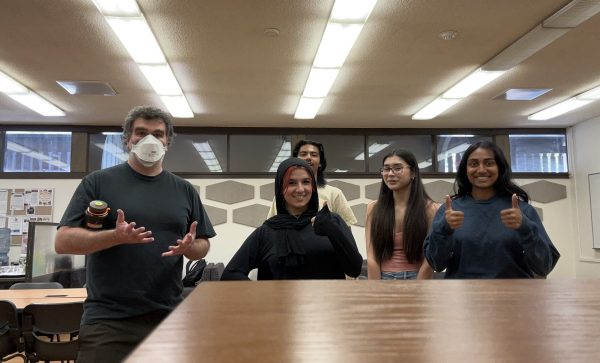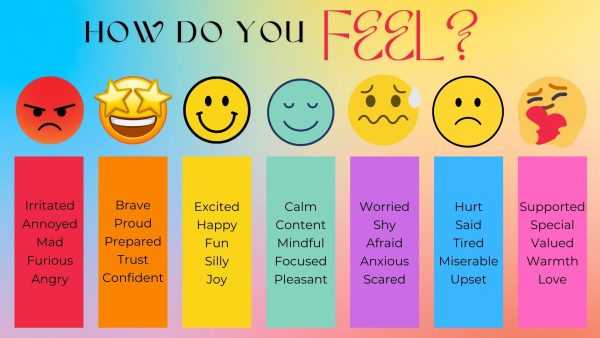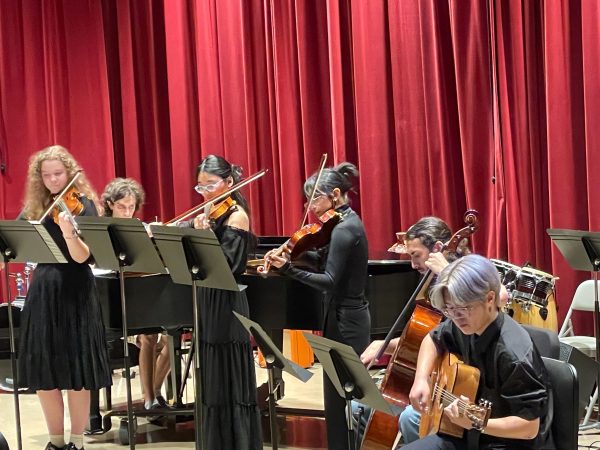Large class sizes restrict student success
May 16, 2019
Larger class sizes, regardless of the subject or grade level being taught, do not improve students’ achievement rates, despite education secretary Betsy DeVos’ claims.
During her testimony in front of a House subcommittee on March 26, DeVos said, “Students may be better served by being in larger class sizes.”
This statement resurrected a decades-long debate about class sizes and its effect on student achievement.
A student teacher achievement ratio study conducted in Tennessee in the late 1980s found that students in “smaller” class sizes outperformed their peers in “regular” classes by 0.22 standard deviations after four years.
When classes have an overwhelming number of students and only one teacher, the academic well-being of students can be at risk. It can be harder for teachers to monitor students and work one-on-one with them.
Students, especially those who start to fall behind in class, can begin to harbor negative emotions towards the class, subject or teacher. They can also be more likely to either drop or fail.
This situation can especially be true for students in STEM classes, where the material taught is more complex. It can be easy for teachers to skim over math equations or science concepts without realizing that students are having trouble understanding.
The Tennessee study also found that students’ achievement on math standardized tests improved by about 0.15 to 0.20 standard deviations from being assigned to a small class size instead of a regular-sized class.
Budget constraints or school teaching policies may sometimes dictate class sizes. In such cases, both students and teachers alike should note that the teacher to student ratio does impact students’ success in the course.





